Lots of people have been asking me what a typical day looks like for us. Well it is certainly different to our life before we started this adventure!
There we used to rush out the door most mornings, juggle school and creche drop-offs and collects, ferry kids to after-school activities, throw a dinner together as hunger levels and tempers rose, and then struggle to get the bedtime routines completed.
While some of the above of course remain unchanged (how are bedtimes so difficult…?!), every day for us is different in so many ways. Be it where we are, who we are with, or what we are doing there, it always changes. Having said this, I will try and outline a sample of what a day could look like for us.
So what does a typical day look like for a family living on the road?
I would usually be the first to rise in the camper van, anywhere between 7-7.30am. If I am feeling in the mood, or the location allows, I will try to get out and exercise straight away, before hungry kids rise looking for their breakfast!
Morning exercise for me usually takes one of four forms:
- A self-directed HIIT class. Nothing fancy, just a combination of press-ups, burpees, mountain climbers, squat jumps, planks, walking lunges and my favourite, bear crawls. These in particular tend to catch the eyes of passers-by, whether its in the local park, beach or main square!
- TRX exercises. My former neighbour and workout guru Brian introduced me to these (and plenty of other exercises for that matter) before we left Ireland. They are wonderful for life on the road as they are compact and can be used almost anywhere.
- Mobility exercises. I really enjoy doing these as you do see the benefit if they are done consistently. Life inside the camper van can entail long drives and more time in seats than I otherwise would like. As such, balancing this out with stretches such as deep squats, hip rotations, pigeon pose and banded hamstring stretches are just some of the exercises I find work well.
- Hill runs. A recent addition to my routine but great if there is a suitable hill in sight. A couple of sets of ten is usually what I go for but this also depends on the length and incline of the hill!
When finished, I return to the van, get cleaned up and changed for the day. Everyone else will usually be up and getting things ready for the day. We eat our breakfast together, usually one of, or a combination of cereal, porridge, overnight oats or toast. We will always have a small mountain of local fruit chopped and laid out on the table also.
Once breakfast has finished and we are all dressed and ready for the day, the kids will start their schoolwork. They usually spend 1-1.5 hours doing their schoolwork, with either me or Laura sitting with them to help, as and when they need it. We do not have a specific daily schoolwork timetable, but we try to do it about 5 days per week.
Once schoolwork is done, if we have a drive to do that day, we will pack up the van and hit the road. Once the drive does not spill into the afternoon, the kids will occupy themselves with a combination of books, drawing, puzzles or cards (football or Pokemon are the most popular at the moment!). If further distance is required to be covered in the afternoon, the tablet will usually be requested and an episode or two will likely be put on to keep the peace! We of course try to limit their time on this, but during the longer travelling days it is part and parcel of the routine in reality.
On an extended travel day, we will usually stop to prepare lunch beside a river, mountain, service station, or simply roadside (yes it varies quite a bit!). Rice, pasta, potatoes or sandwiches are often on the menu, but it really just depends on what we have in stock at the time. If we happen to stop close to a restaurant with a good price/quality offering, we may go there for our food instead. This is particularly the case if it is very hot outside and we don’t want to bring more heat into the van via cooking.
If are not travelling and are located close to a town or city, we will make our way there walking or via public transport. We will always travel into urban areas without the camper van as driving and parking there is definitely to be avoided wherever possible. We try to visit an interesting museum or worthwhile sight, followed by a stroll around, some lunch and a play in a playground or town square.
If we staying somewhere more remote such as a national park, we will usually take the kids for hike or to a lake or river. While this plan can initially be met with resistance, they always love to be in nature and moving around. When we are parked close to a beach, such resistance is nowhere to be found and we usually head there for the afternoon!
Having arrived to our resting spot on a travel day, we would all usually find somewhere local to stroll for a bit or play around. This could take the form of wandering the streets of the local town, football or gymnastics in the main plaza, or playing in a nearby playground.
Our first six months saw us mostly “wild-camp” in town squares, service stations or national parks. Essentially this is simply parking your vehicle in public spaces and sleeping there. This was possible in places such as Patagonia or rural Argentina. However, as we reached countries such as Bolivia, Peru and Colombia, it became more advisable to stay in campsites or private spaces such as guarded hotel car parks. This change in sleeping arrangements probably worked well for us, not only from a security perspective, but also it afforded us more opportunities to meet other families along the way.
By about 7pm we would all be getting hungry so the dinner would be prepared. Depending on what we had eaten for lunch, this could be a full cooked dinner, a mix of leftovers from the fridge, or simply some bread, cold meats and dips. Again, the mix will depend on what we have in the cupboards at the time and the country we are in!
Before bedtime we may play cards (Uno is definitely the kids favourite), charades, watch a documentary or simply do our own thing (i.e. Lego, toy cars, LOL’s or drawing). Adults will usually finish any remaining camper van jobs before putting the kids down. If we have any energy left after this, we may look to write a blog, post an Instagram story or plan the next day’s route!
Evenings may look a little different if we are not on the move, as there is more likelihood that we are in a campsite or something similar. Depending on what we have done during the day, after dinner we may play games such as pool or table-tennis, interact with other travellers, or again simply chill-out for the evening.
Of course the above does not includes some of the everyday camper van life essentials that also need to be done. In no particular order these may include:
- Empty the toilet.
- Fill the water tank.
- Go grocery shopping.
- Find to a laundrette.
- Fill the gas tank.
- Find a functioning ATM.
- Fix something broken within the camper van (this really could be anything as after a while driving your home around South American roads, most things eventually break!).
- If #7 above fails, which is often the case, bring the camper van somewhere to get something fixed.
The list could go on but I don’t want to bore you at this stage! What is a feature of life on the move is that all of the above takes time and effort.
As we do not know where anywhere is in the next place we go, we must first research and find the correct place to do what we need. Whether this is where to buy nice bread, where to find a capable and trustworthy mechanic, or simply where to park for the night, nothing is done on auto-pilot, as was the case at home. There we knew where to go for what we needed, or we knew who to call to come and fix something.
But this is simply a challenge for living the life we live, and is something we have learned to embrace!
Click here to read the “Our Vehicle” blog post
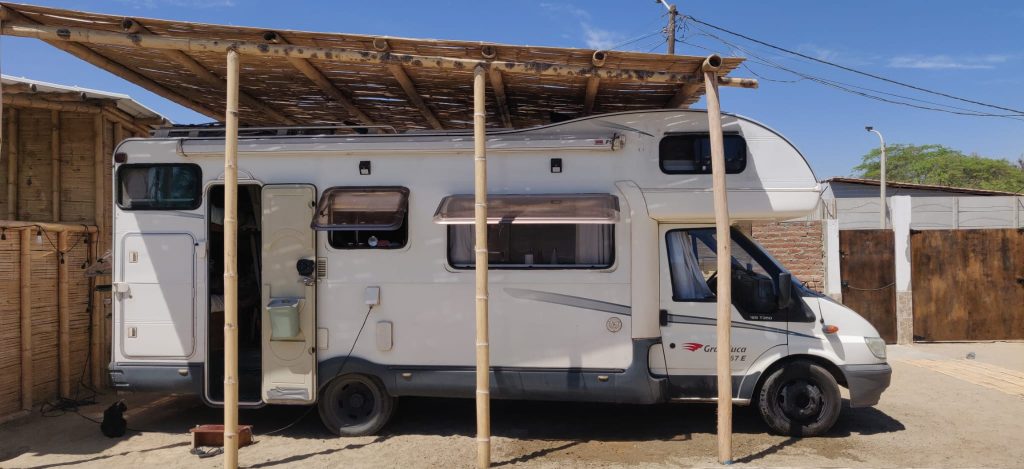
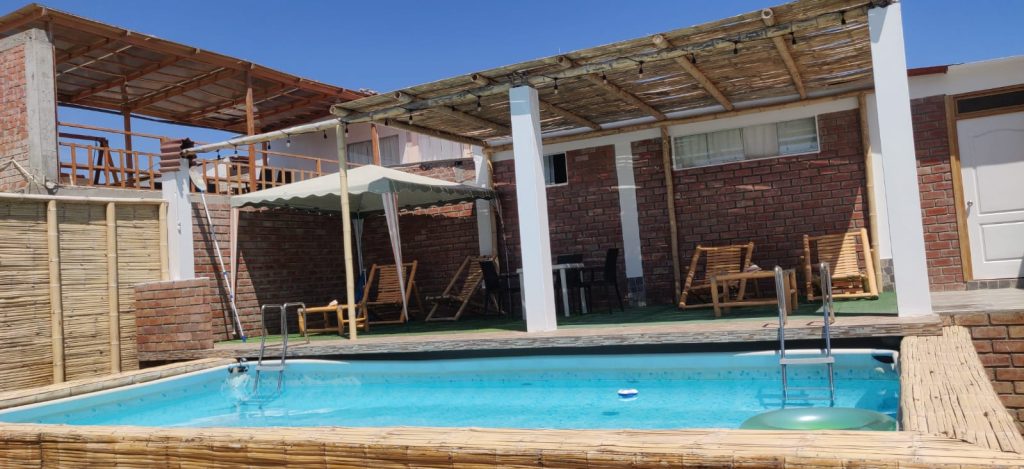
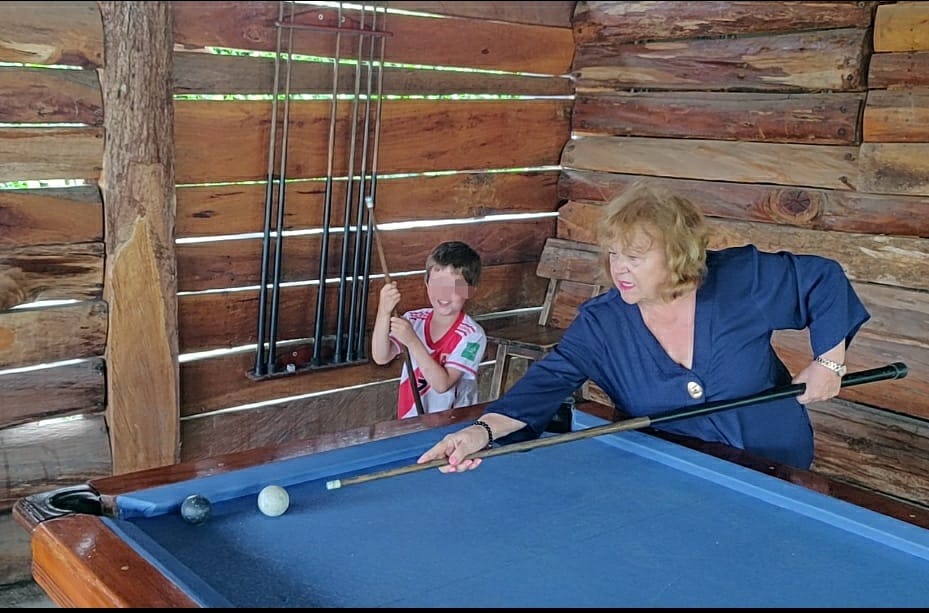
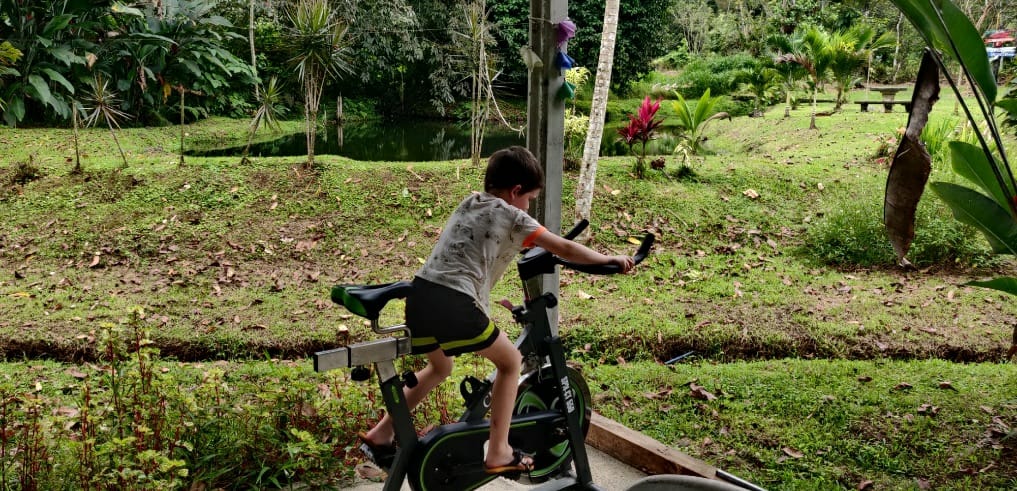
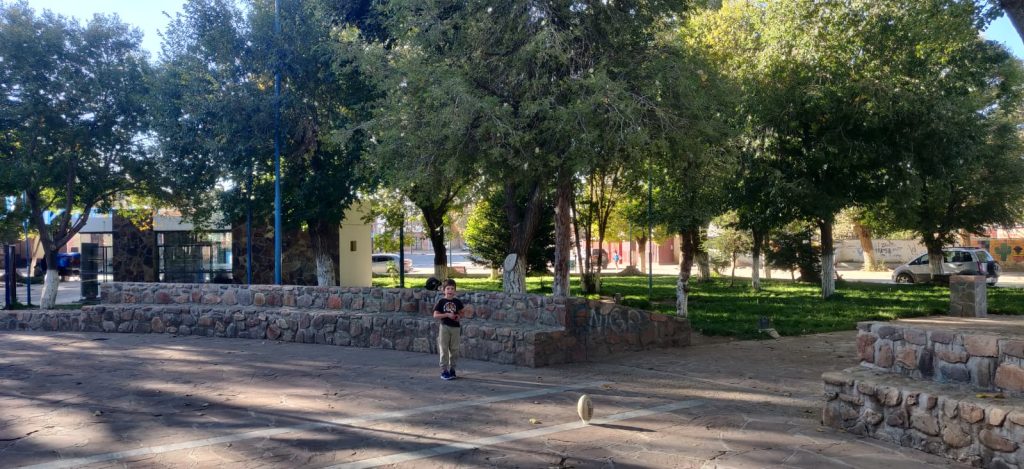
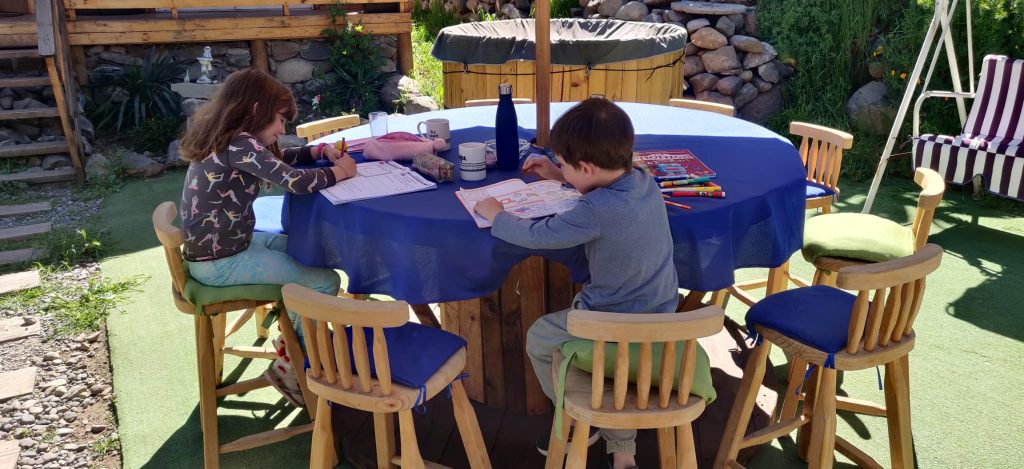
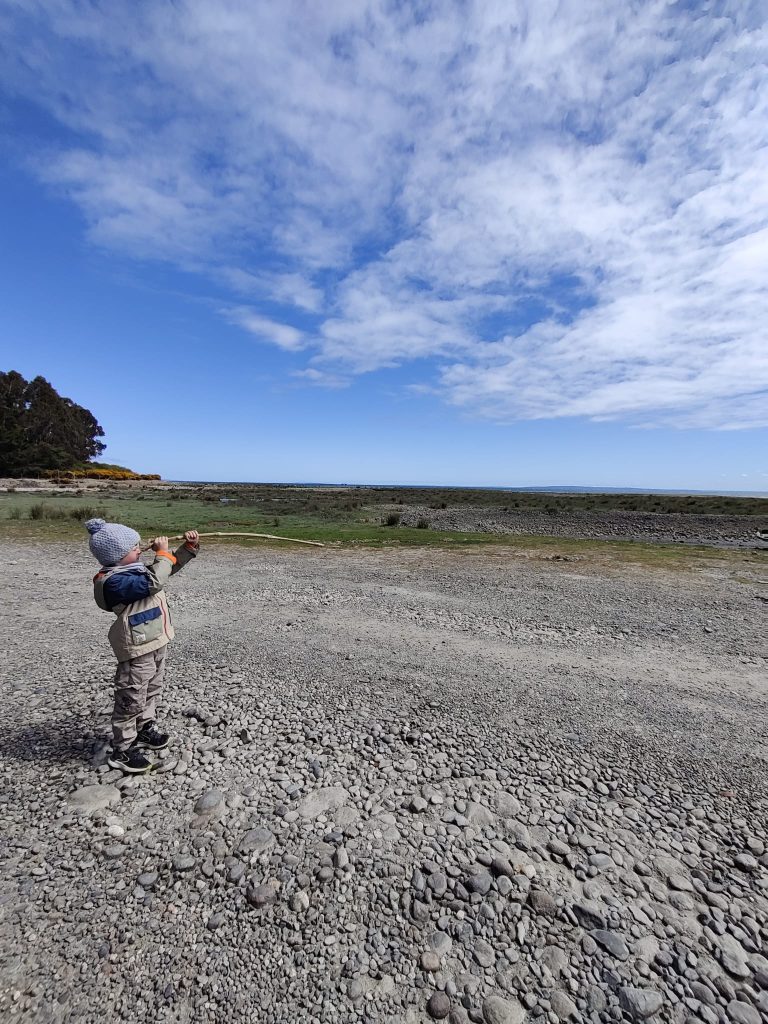
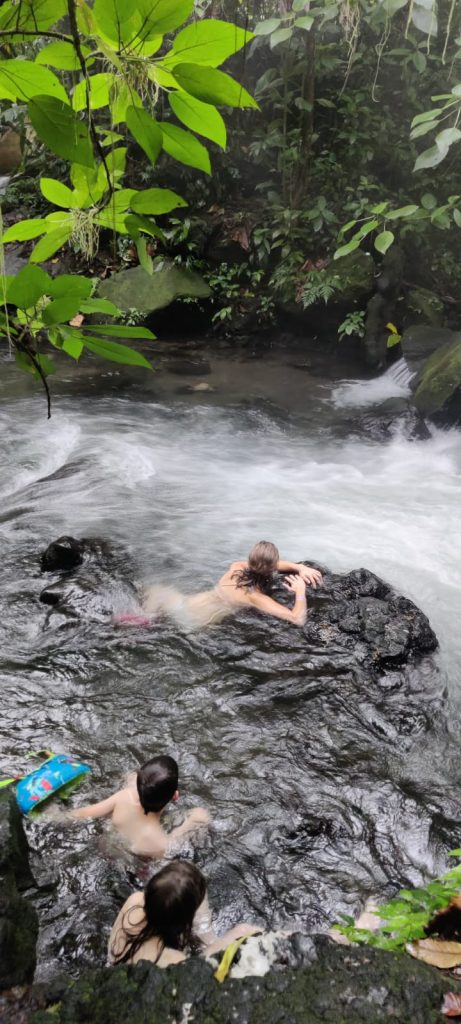
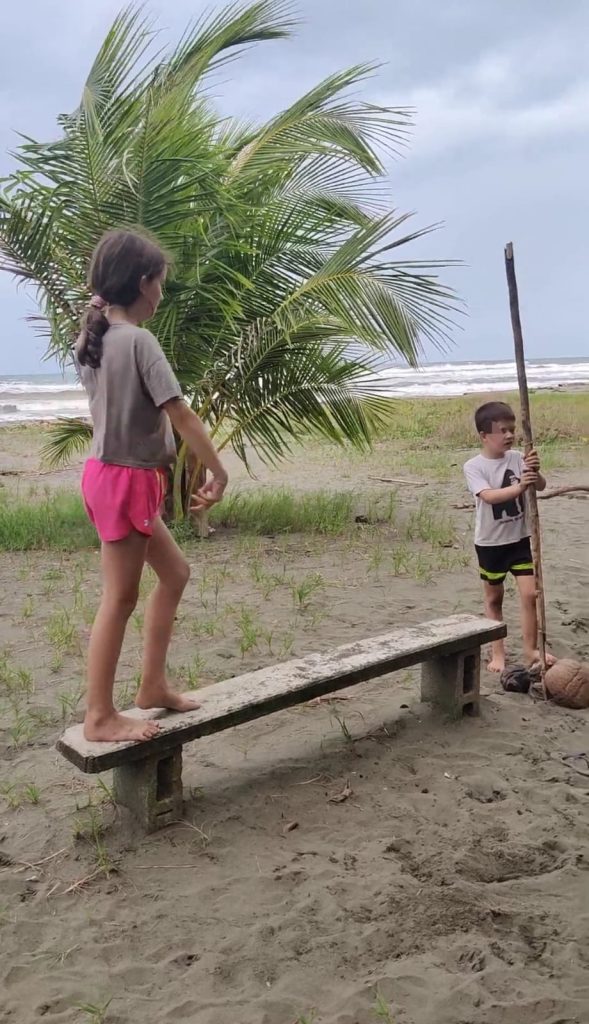

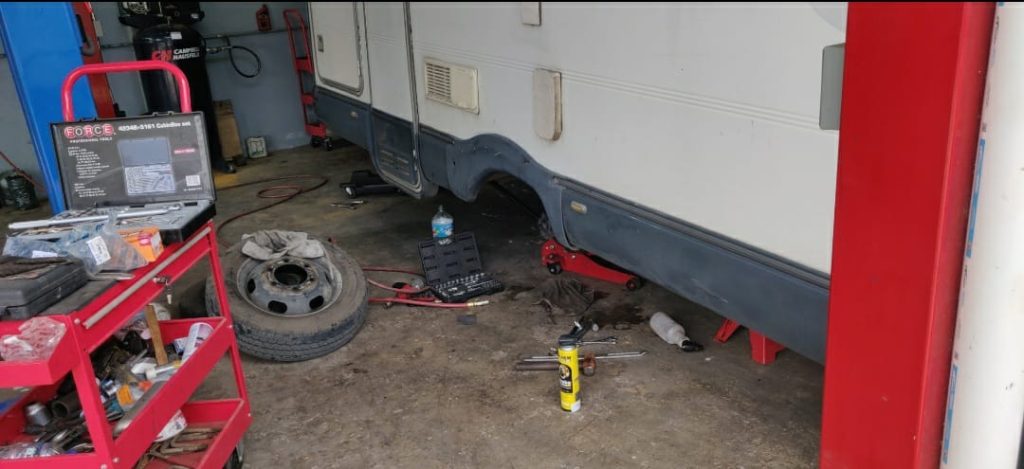
Leave a Reply